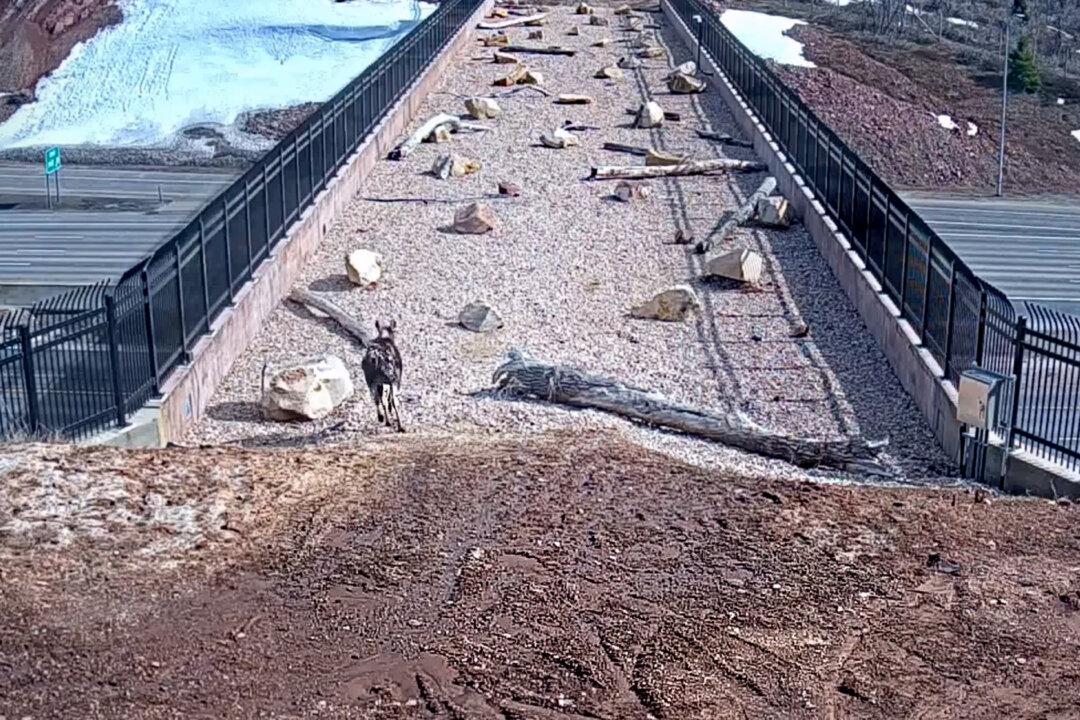Protectors of wildlife in Utah have reason to celebrate, thanks to an overpass specifically designed for animals to cross the Interstate-80 highway in the northern part of the state.
The bridge, decked out in natural rocks, logs, and branches, was erected in Parleys Canyon in 2018 in an effort to reduce the number of wildlife/vehicle accidents occurring on a 13-mile stretch of road that has been dubbed “Slaughter Row,” east of Salt Lake City.






